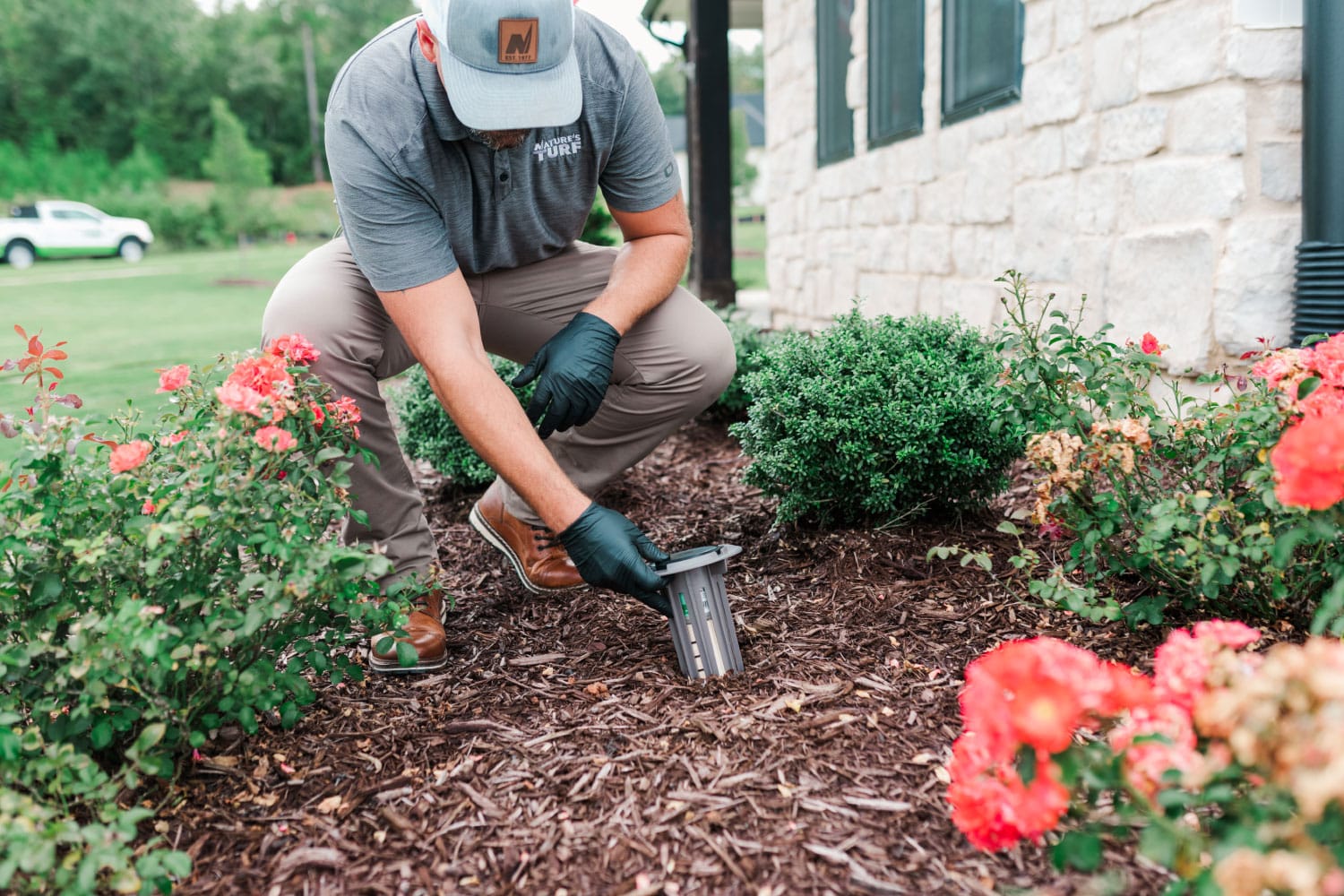Where do you want to be when it’s cold and windy outside? I want to be inside, sitting in my chair, watching a good movie, and probably snacking on something I shouldn’t be. The same is true for termites. While other pests hunker down and hibernate for the winter, subterranean termites burrow deeply and feed continuously, creating significant damage to the foundation of your home.
Termites Don’t Hibernate
Subterranean termites burrow deeply, continuously feeding underground when soil temperatures cool. The tricky thing is that, because termites tunnel into your home’s foundation so deeply, they aren’t as obvious. During warm weather, subterranean termites come closer to the surface, venturing out to look for alternative food sources or places to establish a new colony. This is when they are easiest to find. Spring swarms looking to establish new colonies may seem like a plague, leaving a wake of fallen wings in their paths. Mud tunnels stretching up a foundation to the siding of a home are easily visible indications of active colonies making their way into your home’s framing.
As air and soil temperatures begin to cool, the termites’ desire to go deeper and find a nice, large snack increases. Subterranean termites have small bodies and are susceptible to changes in temperature and available moisture. When the weather turns, they eagerly seek out warm, damp sources of food for sustenance, and there are few things more appealing than the foundation of your home. Unlike Kevin McCallister, you may not be “Home Alone.”
How Does Termite Control Help During Winter?
Termite bait stations are often most effective during the fall transition to winter. During warm, wet weather, termites travel farther distances in search of a food source. Alates (reproductive termites) even fly in search of a place to establish a new colony. During the cool and cold months, however, the distances they’re willing to travel decreases.
Bait stations work by creating an oasis for termites. A combination of food, an attractant, and a termite control product draw termites in as they tunnel underground in search of a place to feed. In this process, they also leave a hormone trail specific to their colony, creating a clear path to the baiting stations, and eventually controlling the colony.
Bait station inspections and quarterly pest control visits gives your Nature’s Turf Pest professional the opportunity to combine the best pest management strategies to identify and circumvent pest concerns in your home, including subterranean termites. Winter termite damage can be staggering in size and cost of repair, but early identification and control methods can help you stay warm and cozy while discouraging uninvited guests from feasting on your foundation.
Important Takeaways:
- Unlike other pests, subterranean termites don’t hibernate. Instead, they burrow more deeply, feeding year-round on an acceptable food source, and nothing looks more appetizing than the foundation of a home.
- Termite bait stations are effective methods of identification and control. They arguably become more effective in the fall and winter, as the distance termites travel decreases.
- Bait stations work by attracting termite populations and controlling them with a termite control product.
- When combined with inspections and quarterly pest control, termite bait stations are a great way for your Nature’s Turf Pest professional to identify an issue and strategize corrective action to ensure that your warm fuzzies aren’t replaced by unending headaches.








